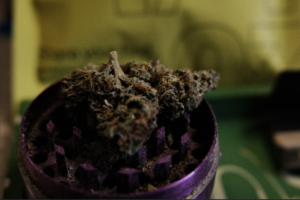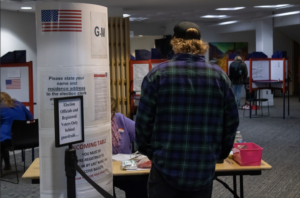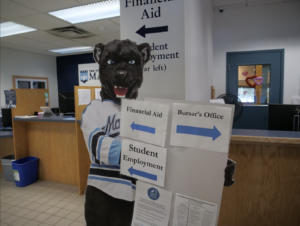At the outset of the 2020 fall semester, when COVID-19 cases were on the rise in college communities all over the U.S., the first editorial that The Maine Campus published put the onus on the University of Maine’s students to “hold up their side of the bargain” and keep local communities safe. At that time there was a truly outlandish narrative pervading the media that college students somehow could not be trusted to follow social distancing guidelines or refrain from attending parties. At the end of this bizarre semester, while it is likely a step too far to suggest that UMaine students proved them all wrong, the lack of a large outbreak at the university speaks to the laudable efforts of administrators and the student population. However, as the nation faces another mass migration of students back home, media outlets are raising valid concerns that these students could transmit the virus to vulnerable family and community members and trigger harmful outbreaks. Once again, it’s up to college students to overcome and reshape that narrative.
When considering the public’s wary perspective on college students returning home, it is necessary to recognize that this is partly due to the pandemic resurging with a vengeance across the U.S. and the world. On Sunday, Johns Hopkins University reported that there were 54 million known cases worldwide and 10.9 million in the U.S. The Maine Center for Disease Control (MCDC) reported 151 new cases and two deaths, just two days after a record-breaking 243 additional cases. In other words, things are looking grim, and college students just so happen to be a massive and admittedly unpredictable variable in the middle of it all.
Various college administrations across the U.S. have also largely failed to inspire confidence. The New York Times has been particularly keen on monitoring college outbreaks, documenting 252,000 COVID-19 cases and 80 deaths this semester. The prestigious press outlet also brought national attention to embarrassing outbreaks like that of the State University of New York (SUNY) at Oneonta, where 700 students tested positive in September after the university chose not to conduct mandatory entry testing. While the state of Maine and its secondary education institutions have largely managed to control case numbers, Bangor Daily News reported on Friday that there were 15 positive cases at Husson University tied to a Halloween party where, ironically, none of the students wore masks.
While stories like the Husson outbreak may continue to undermine confidence in college students, many institutions, including UMaine, are doing their part to reduce the risk of transmission with exit testing. NPR reports that some universities, like SUNY New York, require a negative test from residential students before they go home, while others are offering free, voluntary testing. UMaine is similarly providing free “mandatory” asymptomatic testing to on-campus students and off-campus students from out of state. Daniel Deiermeir, chancellor at Vanderbilt University, told NPR that the departure testing was adopted to help families and communities “feel good about their students coming home,” which one might interpret to mean that the tests are meant to inspire confidence more so in the educational institutions than the students.
The fact of the matter is that while exit tests provide some risk mitigation and peace of mind, a negative result does not guarantee that someone is not infected or that they will not pick up the virus before they get home. As Christie Aschwanden writes in a recent Wired article, testing only substantially reduces transmission “when it’s paired with a robust system for isolation and contact tracing.” Once students leave campus, there will be no strict system for isolation, and so the risks completely depend on their choices and behavior. So far, UMaine students have set an impressive precedent, with only 40 active cases in the entire University of Maine System, only two of which are on-campus residents at UMaine. Students have been able to effectively adhere closely enough to social distancing protocols to keep case numbers low in the UMaine community; now they have to be just as, if not more diligent in their own communities.
In an interview with the New York Times, A. David Paltiel, a professor of health policy and management at Yale, remarked that colleges and universities have “a responsibility not to unleash little ticking time bombs.” This analogy represents the bar that college students are expected to meet, that they are, at this moment in time, a material threat. However, what this analogy doesn’t account for is that these “ticking time bombs” are able to control their own decisions and behavior. The decisions that students make this Thanksgiving and for the duration of this pandemic will shape the narratives about them, not an exit test.









